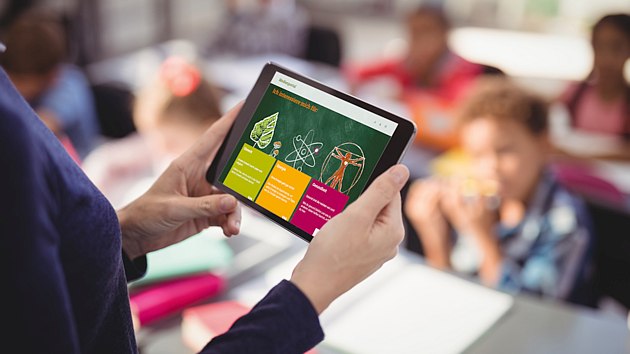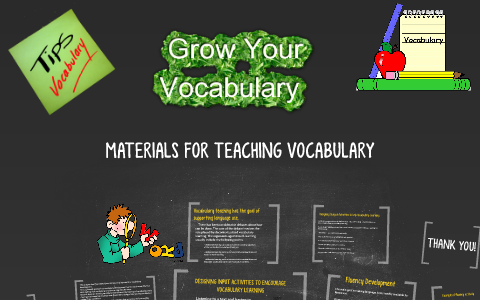The materials are required in the primary and kindergarten classrooms to assist students in learning and develop. Examples of materials you could require include Curriculum Materials - These materials are designed to support the learning goals of your school's curriculum. Examples of the materials that could be needed include: Curriculum materials- These products are designed to aid in the learning goals of the school's curriculum.
Classroom supplies. Items such as paper, glue, pencils, scissors, and other art supplies can help children complete their work.
Educational Technology: In today's digital world, educational technology like tablets, computers as well as interactive whiteboards and other gadgets can aid in the learning process as well as provide students with additional resources.
Books- The primary and kindergarten classrooms require a broad selection of age-appropriate literature to encourage reading and the development of language.
Play with puzzles, blocks or even games, to help your child develop their spatial skills.
Visual aids like posters maps, charts and posters are all visual aids that can aid children in learning and retention of crucial concepts.
Art and music materials Music and art materials like paints, instruments, and clay provide children with a way to express their creativity and help them express themselves.
Safety materials - It is important to provide safety materials including fire extinguishers and posters of emergency procedures, in order to ensure that students and staff are secure.
Primary and kindergartens should include a variety of educational and informational materials in order to create an atmosphere that's enjoyable and safe for children. Check out the top sostegno infanzia for more examples.

What Maths-Related Teaching Materials And Educational Aids Are Used In Italian Nurseries?
It is possible to help young children improve their spatial, mathematical, problem-solving, and other skills by using math-related educational materials. These are a few of the suggested materials.
Number cards, charts Cards and charts to teach your children to count and learn numbers. It is possible to use large, vibrant numbers on the wall, or smaller cards for children to handle and hold.
Shape manipulatives Form manipulatives, such as wooden puzzles, magnetic tiles, and pattern blocks are a great way to help children develop their spatial reasoning abilities and gain knowledge about various shapes and the properties they possess.
Measurement tools like measuring tapes, scales and rulers are helpful to teach children about comparisons and measurement, as well developing their mathematical vocabulary.
Simple games are played to enhance the problem-solving skills of children. They can also help improve their concentration and their concentration.
Technology-based Aids: Technology based aids, like tablets that include math games and apps that are educational can engage and motivate children. They also provide additional tools to help children learn.
Make use of these resources in an age-appropriate way and make sure they're safe and appropriate for children. Teachers and caregivers may use these materials to design stimulating, interactive math activities that stimulate children's curiosity as well as their enthusiasm for learning. Have a look at the recommended schede didattiche matematica for more examples.

What Resources And Materials Are Needed In Italian Kindergartens To Teach Science?
It is important to support scientific teaching materials in Italian nurseries to ensure children are able to explore and explore their surroundings. Here are a few examples of the supports for science-related materials might be needed. Curriculum and lesson planning A well-designed plan of instruction and curriculum which incorporates scientific concepts can assist children in learning about a wide range of scientific concepts and skills.
Instruments for visual and tactile learning: Charts, posters, nature objects and magnifying glasses kits can aid children in understanding scientific concepts through the use of tactile and visual aids.
Books and videos. Books that focus on scientific subjects, such as animals, plants, and space, are great to engage children as well as providing additional sources.
Outdoor learning areas. Gardens and playgrounds are fantastic places for kids to discover more about the natural world.
Parents can be involved in learning about science: Engaging your parents in this field will reinforce the concepts you learnt in nursery. You will also engage the family in the process of learning.
Assessment tools: Parents and teachers can utilize assessment tools to observe the progress of children as well as determine areas that might require extra support.
It is essential to make sure that the science-based teaching materials support provided is suitable for the age of the children. Teachers and caregivers can to use these materials in order to create engaging, interactive science experiences for children, which will encourage their curiosity and love of education. View the recommended materiale didattico scienze sostegno for blog examples.

What Geography Didactic Cards Should Italian Schools Use?
The possibility exists to introduce concepts of geography to Italian nurseries by using Geography didactic cards. Here are some types of geography educational cards that are recommended: Continent cards: Continent cards are a great way for children to learn about the various continents of the world as well as their geographical location, size and natural features.
Country cards: Children can gain knowledge about their countries by using country cards. They can identify the flags, languages, and the cultures of various nations.
Cards with landmarks. These cards will aid children in discovering the locations of the most famous landmarks around the world and learn the significance of these landmarks.
Animal cards are a wonderful way to teach youngsters about the animals, their habitats, their habits and their diet.
Weather cards: Weather cards can help children learn about different types of weather and their impacts on the natural environment, which includes natural catastrophes.
Natural resource cards. Natural resource cards are a great way to teach children about the different types of resources that are available and the ways they can be utilized for example, mineral, forest and water.
Choose cards that are fun, age-appropriate and engaging for young children. Teachers and parents can make use of these interactive cards to create activities in geography that stimulate children's curiosity and enthusiasm for discovering more about the world. View the top rated sostegno geografia for website examples.
